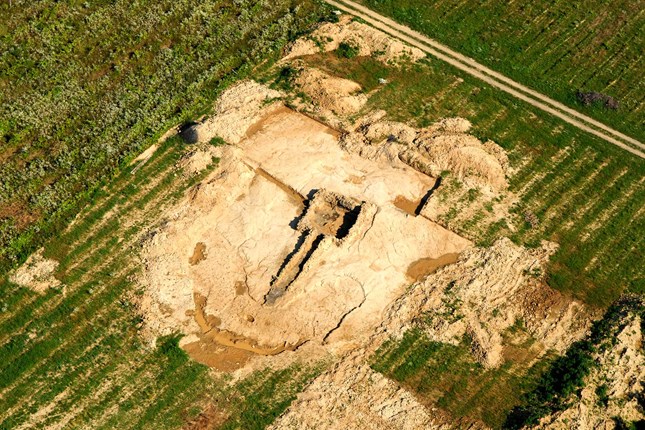Archeological site Kaptol
Contact
Predio sjeverno od naselja Kaptol (vinogradi, šuma) – djelomično područje Parka prirode Papuk, Kaptol, Općina Kaptol
On the southern slopes of Papuk, above the Kaptol settlement, there is an archeological location with the same name. During the Early Iron Age (800 – 400 B.C.), the community that lived in this area buried their distinguished dead under big mounds of earth–tumuli. A fortified settlement was located in the area of Kaptol-Gradac with two cemeteries: Kaptol-Gradac necropolis and Kaptol-Čemernica necropolis.
The central part of the burial ritual of the members of the Kaptol elite was burning at a stake. The deceased person was laid on the stake wearing an attire whose elements (such as weapons, jewelry, or weaving accessories) represented the function they held during their lives. The members of the richest warrior elite were often burnt with their horses or on a wagon. Then the remains from the stake would be collected and put into grave chambers together with some provisions for the other world. The grave chambers, made from wood, were normally drystone walled. This was then covered with earth and a tumulus was created. Such tumuli also probably served as impressive landmarks due to their visibility, testifying about the reputation and power of the community.
Archeological route The Ways of the Warriors – Early Iron Age in Golden Valley was set on the location. It follows the prehistoric path along a picturesque Bistra stream, through the necropolis under the Kaptol-Čemernica tumuli. It climbs towards the remains of the settlement in the Kaptol-Gradac area and descends to the second necropolis. It is a path through a picturesque area planted with vines and surrounded by a forest which, besides the educational element, provides an opportunity for an active vacation through hiking and cycling.

